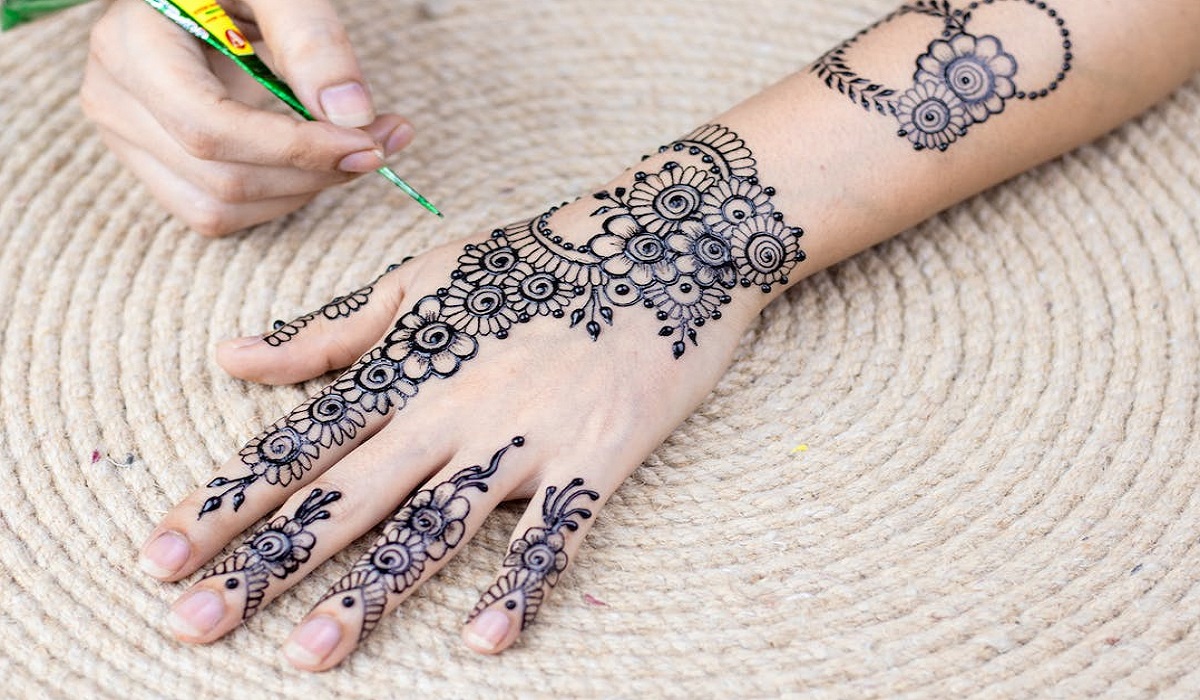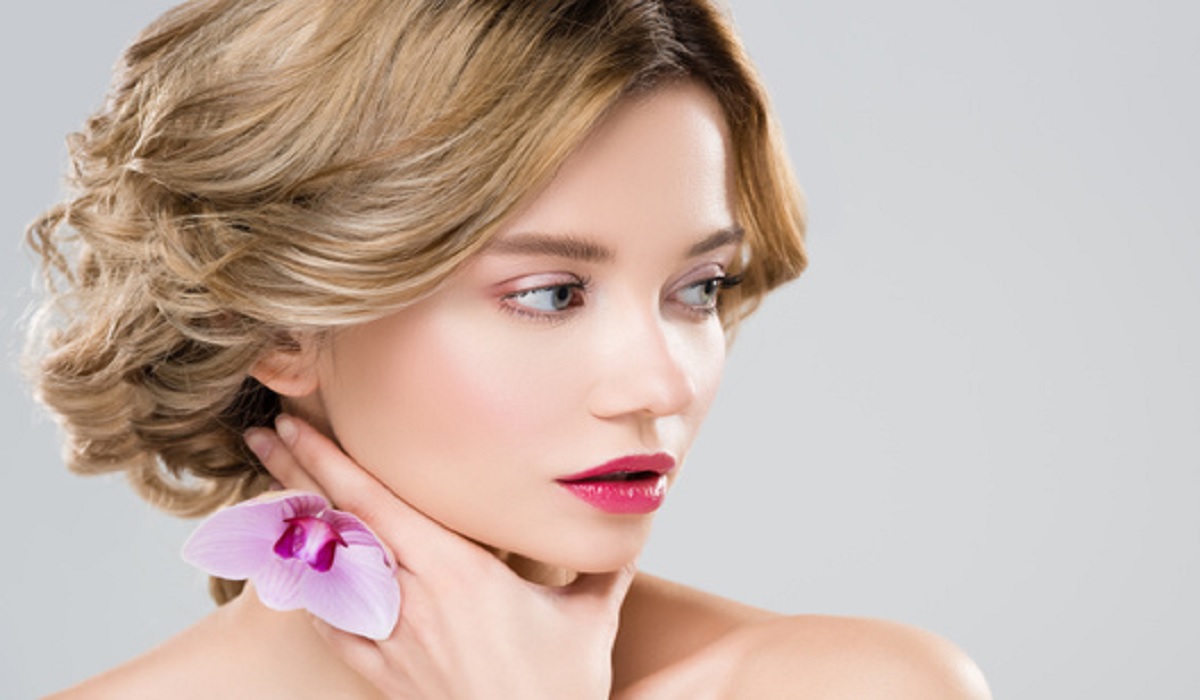
Eyebrow stabilizers and primers are essential tools in the world of makeup, helping to create a polished and long-lasting look. Eyebrow stabilizers, also known as brow gels or pomades, are designed to keep your eyebrows in place, providing definition and structure. Primers, on the other hand, are products that create a smooth canvas for makeup application, enhancing its longevity and improving overall coverage. In this guide, we will delve into the world of eyebrow stabilizers and primers, exploring their benefits and providing step-by-step instructions on how to use them effectively.
Section 1: Understanding Eyebrow Stabilizers
Eyebrow stabilizers come in various forms, such as gels, waxes, and pomades, and are available in a range of shades to match different hair colors. These products offer several benefits, including:
Shape and Definition: Eyebrow stabilizers help tame unruly hairs and provide control to shape and define your brows. They offer a solution for those with sparse or overgrown eyebrows, allowing you to create a more precise and polished look.
Long-lasting Hold: By setting your eyebrows in place, stabilizers ensure that your desired shape stays intact throughout the day, resisting smudging or fading caused by natural oils or sweat.
Section 2: How to Use Eyebrow Stabilizers
Using an eyebrow stabilizer is a straightforward process that requires a few simple steps:
Prep and Cleanse: Start by cleansing your face and removing any residual makeup or oils from your eyebrows. This ensures better adherence and longevity of the product.
Choose the Right Shade: Select an eyebrow stabilizer that matches your hair color or is slightly lighter for a more natural effect.
Application: Using a small, angled brush or a spoolie, lightly dip it into the product and remove any excess. Begin applying the stabilizer in short, feathery strokes following the natural shape of your brows. Fill in any sparse areas and gradually build up the intensity until you achieve your desired look.
Blending and Setting: After applying the stabilizer, use a clean spoolie or a brow brush to blend the product evenly through your eyebrows. This step helps create a seamless, natural finish. Finally, set your brows with a clear brow gel or a transparent mascara to ensure the longevity of the stabilizer throughout the day.
Section 3: Unveiling the Power of Primers
Primers act as a crucial step in your makeup routine, serving as a base to even out the skin’s texture and improve the longevity of your makeup. Their benefits include:
Smoothing and Pore Minimizing: Primers fill in fine lines, pores, and other imperfections, creating a smooth canvas for foundation application.
Enhanced Makeup Adherence: Primers help makeup products, such as foundation and concealer, adhere better to the skin, ensuring a flawless and long-lasting finish.

Section 4: How to Use Primers
Using a primer is an essential step for achieving a flawless makeup look. Here’s how to apply it effectively:
Cleanse and Moisturize: Begin by cleansing your face and applying a lightweight moisturizer suitable for your skin type. Allow the moisturizer to fully absorb before moving on to the primer.
Choose the Right Primer: Select a primer that suits your specific needs, such as pore-minimizing, mattifying, or illuminating, depending on your skin concerns and desired finish.
Application: Take a small amount of primer, roughly a pea-sized amount, and apply it to your face. Start by focusing on the areas that tend to be oilier or have more visible pores, such as the T-zone (forehead, nose, and chin). Use your fingertips or a makeup sponge to gently blend the primer into your skin using light, upward motions. Ensure an even application, paying attention to any areas with texture or unevenness.
Allow Absorption: Give the primer a few minutes to fully absorb into your skin before moving on to the next step. This allows it to create a smooth surface and maximize its effectiveness.
Proceed with Makeup Application: Once the primer has settled, you can proceed with applying your foundation, concealer, and other makeup products. The primer will provide a seamless base, helping your makeup go on more evenly and ensuring its longevity.
Section 5: Conclusion
Eyebrow stabilizers and primers are valuable assets in achieving a flawless and long-lasting makeup look. Eyebrow stabilizers help define and shape your brows while keeping them in place throughout the day. Primers create a smooth canvas for makeup application, improving its adherence and longevity. By incorporating these products into your routine and following the step-by-step instructions provided, you can elevate your makeup game to new heights. Experiment with different brands and formulations to find the eyebrow stabilizer and primer that suit your preferences and cater to your specific needs, resulting in a polished and flawless finish.
In conclusion, mastering the use of eyebrow stabilizers and primers can significantly enhance your makeup application. These products offer various benefits, such as shape definition, long-lasting hold, smoother skin texture, and improved makeup adherence. By following the proper techniques and incorporating these products into your routine, you can achieve a flawless and long-lasting makeup look. So, go ahead, experiment, and embrace the power of eyebrow stabilizers and primers to elevate your beauty game to the next level.








